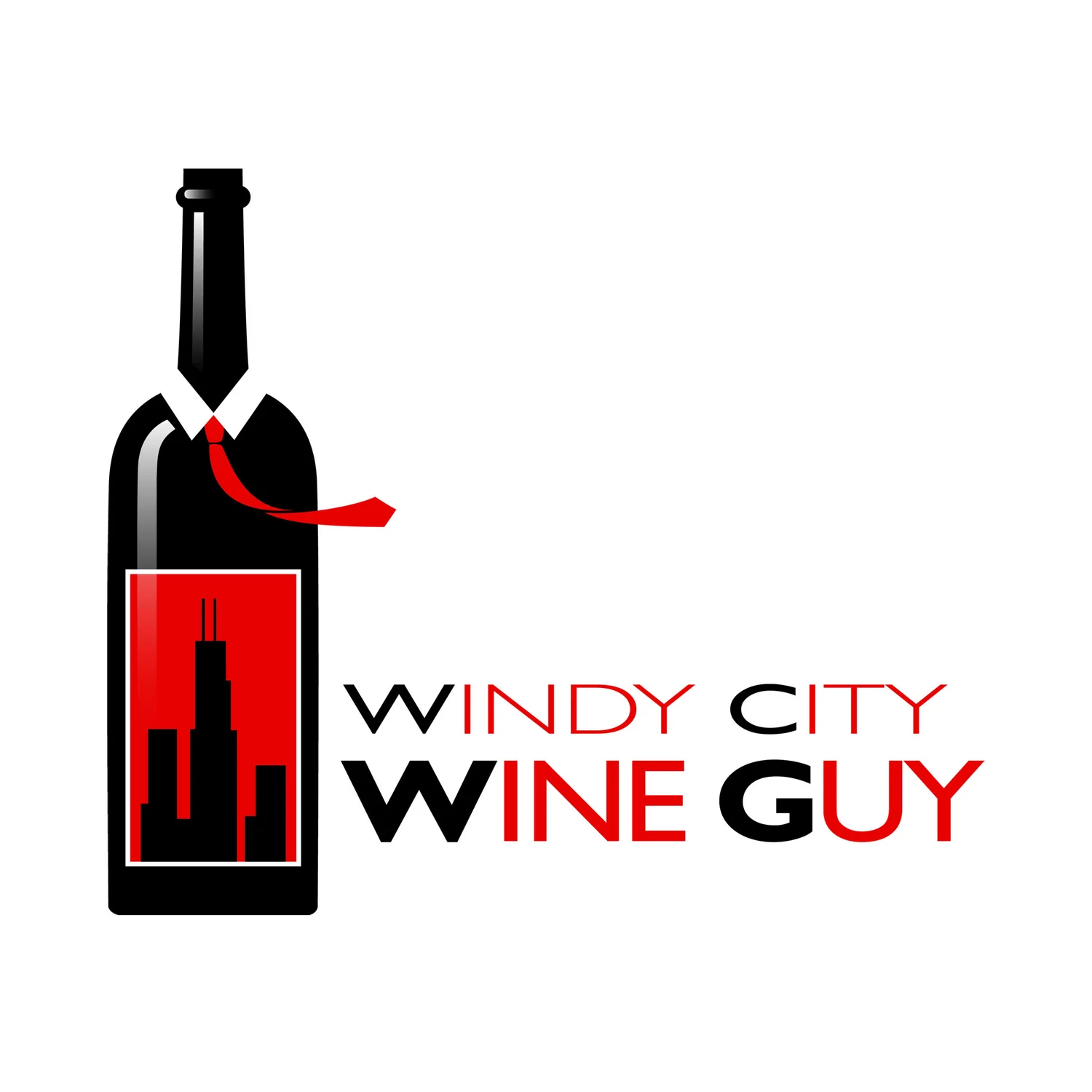New Year's Eve Sparkling Bargains
/
So the New Year is just around the corner and you still haven't gotten around to picking that special beverage for your midnight toast. Not a problem! There are many very good, affordable choices out there to be had and sure not to disappoint. Now you can always drop the plastic and pick up a bottle of Champagne, most of which cost over $30 per bottle. But there's so many bottles of sparkling wine to grab that taste great and cost around $20 or less. Let's get down to some of these choices:
There is always value to be found in Italy and for this occasion, grab the Prosecco. It's a light, fresh sparkling wine made from a grape with the same name. It typically has fairly intense primary flavors like pear, peach and apple. I recommend Mionetto ($9.99) or Bisol ($12.99).
Cava has been a hot item, made in Spain from typically three different local varietals: Macabeo, Xarel-lo and Parellada. It's made in the traditional method, where fermentation takes place in bottle, giving it extra complexity as the wine ages on the lees. My favorite producer is Gran Sarao ($8.99) as they add a touch of Chardonnay to the blend giving it more body.
Next stop we have Methode Cap Classique, or sparkling wines from South Africa fermented in the bottle. Many of these are made with Sauvignon Blanc or Chenin Blanc, but Chardonnay and Pinot Noir use is growing. Go for the Graham Beck Brut ($14.99), a blend of Chardonnay and Pinot Noir with nice weight and lemon custard pie flavor.
In central Europe, the Germans and Austrians also are involved in excellent sparkling wine production, known as sekt. The Germans normally (90%) use imported juice to make their sparkling wines, while the Austrians use local varietals and the traditional method to make theirs. I'm a big fan of Szigeti Austrian sparkling Gruner Veltliner ($18.99) for it's clean apple flavor and light pepper spice.
We are, of course, no slouches to making sparkling wines in the United States. California has great producers like Domaine Chandon, Iron Horse, Schramsberg and Domaine Carneros. Soter and Argyle are some of the best from Oregon, while Domaine Ste. Michelle holds the reigns in Washington state. Chandon's Riche ($14.99), Schramsberg Mirabelle ($21.99) and Ste. Michelle's Blanc de Blanc ($7.99) provide a good range of weight, fruit, and style at inexpensive pricing. I also really like Gruet Rose ($13.99) from New Mexico, as it provides a sparkling wine with excellent red fruit taste.
Now before we bypass France altogether, it's important to remember that there are alot more sparkling wines than just those that come from the Champagne region, mostly known as Cremant. Examples can be seen all over the country, but I highly recommend one from Alsace by Gustave Lorentz ($14.99) made mostly of Pinot Blanc. It has excellent citrus and apple with bright floral aromatics.
Whatever you choose, I'm sure that you will enjoy your New Year. But just remember: be responsible and ask the Windy City Wine Guy for any further recommendations you may need.
(image courtesy of flickr)


 This is the time of year for celebration with all of the holidays and New Year's Eve upon us. There are festivities and parties, and nothing says splurge like Champagne. It is a beverage that was originally sought over 150 years ago by royalty in every nation, and today means celebration for all classes. While people love Champagne and it is the undisputed king of sparkling wine, the costs have risen sharply over the last decade. New wealth in countries like Russia and China have raised demand, with only a marginal increase in production. Other areas and countries have gotten into sparkling wine production, with good value and success, but Champagne remains on top.
This is the time of year for celebration with all of the holidays and New Year's Eve upon us. There are festivities and parties, and nothing says splurge like Champagne. It is a beverage that was originally sought over 150 years ago by royalty in every nation, and today means celebration for all classes. While people love Champagne and it is the undisputed king of sparkling wine, the costs have risen sharply over the last decade. New wealth in countries like Russia and China have raised demand, with only a marginal increase in production. Other areas and countries have gotten into sparkling wine production, with good value and success, but Champagne remains on top.